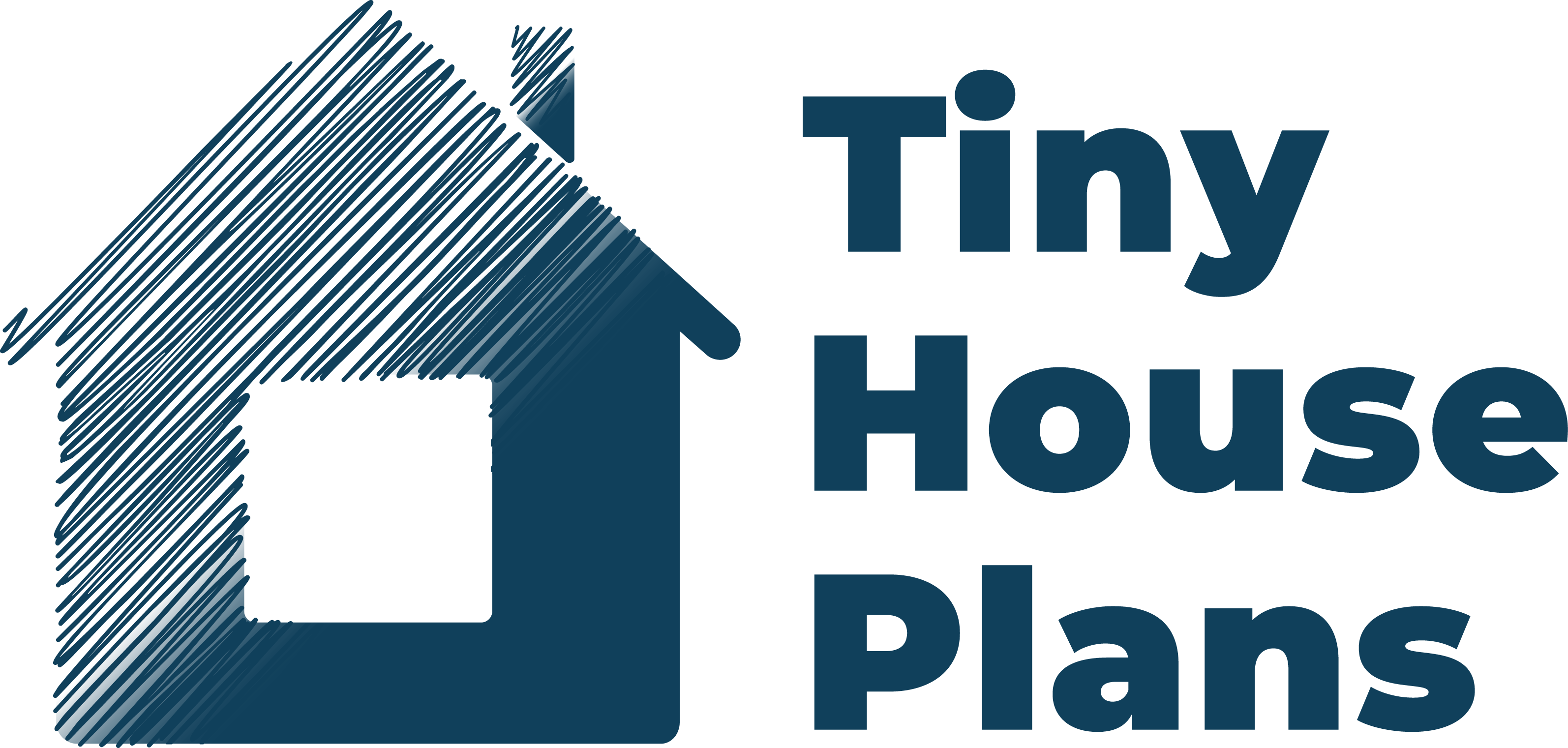For anyone involved in real estate—whether as a buyer, seller, investor, or agent—keeping a finger on the pulse of neighborhood trends can mean the difference between smart, profitable decisions and costly missteps. Neighborhood real estate trends aren’t just about whether prices are rising or falling; they encompass a complex array of economic, demographic, and local factors that influence market performance.
Key Factors Driving Neighborhood Real Estate Trends
Economic factors are foundational to understanding real estate trends in any neighborhood. Key elements, such as employment rates, income levels, and broader economic indicators, create an economic landscape that affects demand, affordability, and growth potential.
- Employment Rates and Job Opportunities: When the job market is strong, people tend to feel financially secure, which often leads to higher housing demand. Conversely, neighborhoods with limited job opportunities or rising unemployment may experience lower demand, causing property values to stagnate or decline. Tracking local industries and new businesses entering the area can also provide early signals of housing demand shifts.
- Income Levels and Affordability: Income levels determine the types of homes people can afford in a neighborhood. Areas where incomes are rising tend to attract more investment, as the increased purchasing power fuels both homeownership and rental markets. Evaluating local wage growth alongside housing prices can help gauge whether a neighborhood is becoming more attractive or less affordable.
Demographics and Population Dynamics
A neighborhood’s demographic makeup greatly influences real estate trends, as different groups have unique housing needs and preferences.
- Age Distribution: Understanding the age profile of a neighborhood helps predict demand for certain types of properties. For example, neighborhoods with a higher percentage of young professionals may have a stronger rental market, while areas with an aging population might see more demand for single-story homes and retirement communities.
- Household Composition: Household dynamics, such as the proportion of families versus singles, can indicate demand for various property types. Neighborhoods with a high concentration of families typically see demand for single-family homes with multiple bedrooms, while areas with more single residents may lean towards smaller units or apartments.
- Migration Patterns: Migration data can reveal much about a neighborhood’s appeal. Areas experiencing population inflow often benefit from increased housing demand and rising property values. Tracking migration trends—whether people are moving in or out—offers critical insight into a neighborhood’s growth trajectory.
Infrastructure and Development
Investing in infrastructure often leads to rising property values and increased demand, making it essential to consider transportation, amenities, and development plans.
- Transportation Access and Commute Times: Neighborhoods close to public transportation, major highways, or business centers are generally more desirable, especially for people with long commutes. Easy access to transportation not only attracts residents but also typically contributes to steady or rising property values.
- Public Amenities and Services: Quality amenities such as schools, parks, shopping centers, and healthcare facilities boost a neighborhood’s appeal. Properties in areas with high-quality schools, in particular, tend to retain value as families prioritize educational opportunities.
- Zoning and Future Development Plans: Zoning laws and future development plans offer a glimpse into a neighborhood’s potential. Planned projects like new shopping centers or residential developments can attract more buyers and investors, creating momentum for rising property values.
Property Values and Rental Yields
Analyzing current property values alongside rental yields helps assess a neighborhood’s investment potential.
- Historical Appreciation Rates: Looking at a neighborhood’s historical appreciation rates provides a long-term view of its stability and growth potential. Neighborhoods with consistently rising property values are generally considered safer investments.
- Rental Market Trends: For investors, rental yield (annual rental income as a percentage of property price) is crucial. High rental yields often indicate demand for rental properties, which is useful when gauging an area’s appeal among tenants.
- Vacancy Rates and Market Demand: High vacancy rates might suggest a cooling market or oversupply, while low vacancy rates can indicate strong demand. Observing these rates over time helps investors understand an area’s desirability and rental income potential.

The Process of Farming a Neighborhood for Real Estate Trends
One effective way to understand and track neighborhood real estate trends is through a technique known as farming a neighborhood real estate. This approach involves dedicating oneself to a specific neighborhood to gain in-depth knowledge, build connections, and position oneself as an expert in that area.
Real estate farming is a strategic approach where agents or investors focus on one neighborhood to establish credibility and understand market nuances. By regularly engaging with residents, tracking property listings, and observing community changes, real estate professionals can build a reputation as local experts, attracting clients interested in that specific area.
Steps to Effectively Farm a Neighborhood
- Select the Right Neighborhood: Choosing a neighborhood to farm involves considering turnover rates, demographics, and economic growth. Ideally, select a neighborhood with a stable housing market and a promising rate of property turnover, as this balance suggests ongoing buyer interest.
- Conduct Regular Market Analysis: To farm effectively, consistently track home sales, listing prices, and rental trends. Staying up to date with this data helps you anticipate market shifts, making you a valuable resource for potential buyers and sellers.
- Engage with the Community: Being visible and involved in the community strengthens your presence. Attend local events, join community groups, and interact with residents to understand their needs and goals. This personal engagement can provide insights beyond what’s available in public market data.
Conclusion
Understanding neighborhood real estate trends is crucial for anyone aiming to make informed decisions in the market. By considering factors like economic conditions, demographics, safety, and infrastructure, you can anticipate how trends will impact property values and desirability. By farming a neighborhood real estate, you gain local expertise that enhances your credibility and insight, positioning you as a valuable resource for clients or investment partners.






Share: